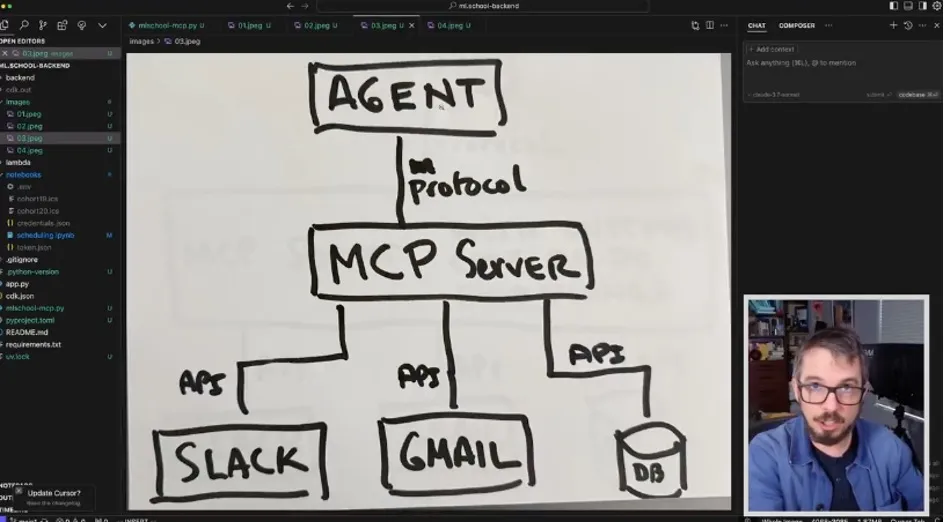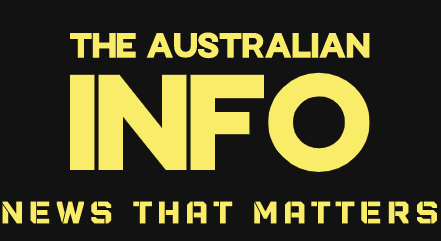- Homepage
- >
- News
- >
- Editorial
- >
- MCPs to AI, blockchain: Cultural shift to responsible data flow
This post is a guest contribution by George Siosi Samuels, managing director at Faiā. See how Faiā is committed to staying at the forefront of technological advancements here.
As an enterprise professional, you’ve likely felt the artificial intelligence (AI) tidal wave—tools like ChatGPT, Claude, and custom assistants are reshaping how we work. But with great power comes great opacity. How do we ensure these systems handle our data responsibly, especially as they scale across teams, industries, and borders? I’ve been tinkering with a solution that blends Model Context Protocols (MCPs), blockchain, and AI into a personal assistant that triages my digital life.
What started as a tech experiment revealed something bigger: a cultural signal that we’re nearing a tipping point where blockchain might be the key to managing AI data flows globally. Here’s why this matters for the future of work—and your enterprise.
MCPs: The AI middleware you didn’t know you needed

Imagine, for a minute, AI assistants that don’t just chat but integrate with your apps—email, calendar, task manager—without you configuring each one manually. That’s where MCPs come in. Developed by Anthropic, MCP is an open-source protocol that lets AI agents (like Claude) talk to external tools via a standardized “context server.” I built a prototype: an MCP server that pulls data from my apps, uses AI to decide what’s urgent, and routes it via n8n workflows—all visually tweakable, no code required. It’s a virtual assistant that triages without the silos.
For enterprises, this is an area to keep an eye on. Think of MCPs as middleware that unifies your SaaS stack—CRM, ERP, Slack—into a single AI-driven middle manager (that’s useful). No more per-tool integrations; one server, one brain. But here’s the thing: as data flows through this hub, who’s watching? How do we prove it’s secure, fair, and auditable? That’s where (scalable) blockchain enters the chat.
Blockchain: The third entry for AI’s micro-transactions
My own MCP experiments got me thinking about data management. With sensitive info bouncing between apps, I wanted a tamper-proof log. So I added a twist: every time my server processes an event (say, an email arriving), it hashes the action and commits it two ways—once to a GitHub repo for readability and once on-chain for permanence. The blockchain timestamp is a cryptographically secure anchor GitHub can’t match. If I need to prove “this task was assigned at 10: 03: 00Z,” the chain’s got my back.
This echoes the idea of triple-entry accounting—debit, credit, and a shared ledger—but for AI’s microtransactions. Instead of dollars, we’re tracking nano-scale decisions: “Email tagged urgent,” “Meeting added to calendar.” For enterprises, this is where things get interesting. Imagine your supply chain AI logging every decision on-chain—vendor selected, shipment rerouted—verifiable by auditors, regulators, or partners in real-time. It’s trust at scale.
Blockchain’s strengths shine here: immutability ensures records stick, decentralization cuts reliance on Big Tech servers, and hashes keep raw data private while proving integrity. Gas fees? Use a “private chain” like Hyperledger or a scalable chain like BSV.
The overhead is minimal when you’re logging hashes, not full datasets.
Cultural Signals: A world primed for this
This is all a response to where we’re heading culturally. Globally, trust in centralized systems is crumbling. X (Twitter) buzz in 2025 shows folks



